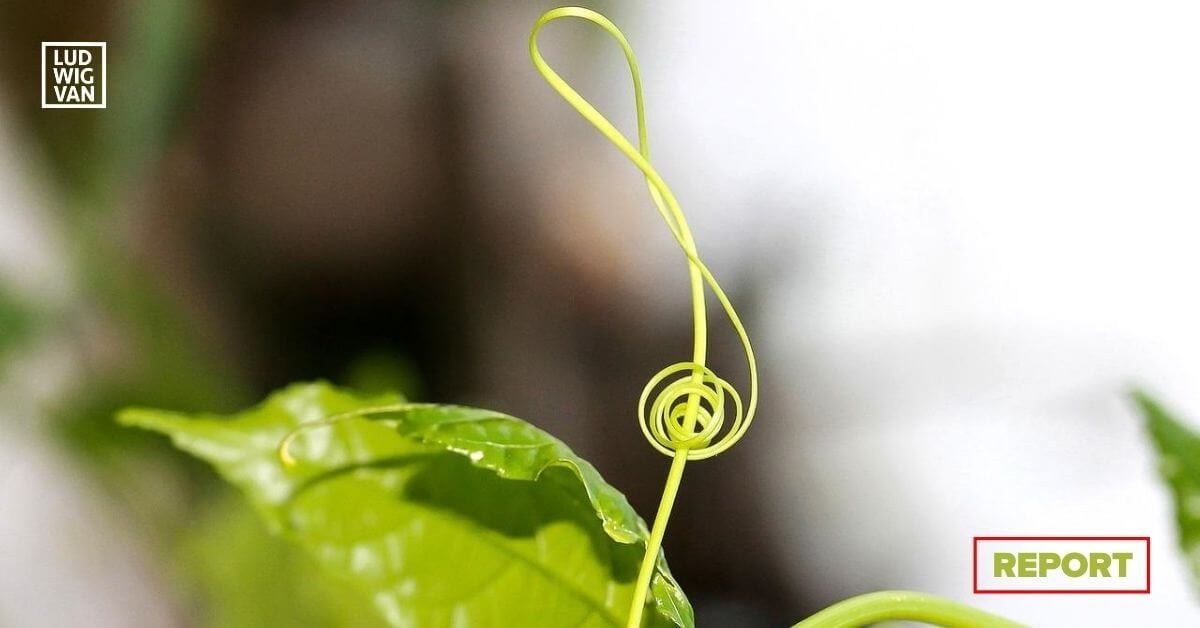
Music, provided it’s uptempo, and played in a major mode, can change consumer habits, a new study shows.
One of the key frustrations for many retailers is the gap between what people say they will do, and what consumers actually spend their money on. That’s particularly true for makers and sellers of goods that are green, ethical or sustainable.
Consider the so-called attitude-behaviour gap:
- In surveys, 30% of consumers claim to care about the ethical stance of the brands they support – but, in reality, only about 3% actually put their money where their mouth is, so to speak.
- Similarly, about 30% of consumers will say they would buy green products if they were given the alternative, but only about 5% of them actually do.
“This attitude gap is a serious marketing problem because any exaggeration of consumers’ ethical concerns can distort the market, leading to oversupply. Our research suggests one way to bridge that gap is to use advertising music more creatively — specifically, to use uptempo, major-mode music,” said Dr Haiming Hang of the University of Bath School of Management in a media release.
Subjectively, it is already established that when people enjoy the music associated with a brand, they are more likely to choose it at the cash register.
The results from a study from the University of Bath, published in April 2022, indicate that using upbeat music in a major key can get more consumers to act on their stated preferences. It can turn those good thoughts into hard cash, in other words.
The study, Liu, G., Abolhasani, M. and Hang, H. (2022), “Disentangling effects of subjective and objective characteristics of advertising music”, were published in the European Journal of Marketing, Vol. 56 No. 4, pp. 1153-1183. Specifically, it involved creating radio ads for two products the research team had made up (i.e. were not real): an electric car (EcoCar) and a reusable coffee mug (EcoMug). The study used multiple experiments to examine how music affected buying patterns vs buying intentions.
A major mode, and a tempo above 72 beats per minute, seems to do the trick.
- The attitude-behaviour gap is reduced by 40% to 50%
- The faster the tempo, the greater the effect, optimized somewhere above 95bpm;
- The finding was true regardless of what kind of musical background the individual had;
- It worked with any type of green product.
“Marketers must be aware that simply incorporating a piece of music that consumers enjoy may not be sufficient. When incorporating music into advertisements, marketers must recognise the importance of music mode and music tempo to ensure that a favourable attitude towards a brand translates into sales,” Hang concluded.
As the researchers point out, the study combined the subjective quality of how much the consumer enjoyed the music with objective criteria such as mode and tempo.
Linking the right kind of music and the message is the key.
#LUDWIGVAN
Get the daily arts news straight to your inbox.
Sign up for the Ludwig van Daily — classical music and opera in five minutes or less HERE.
- THE SCOOP | Not-For-Profit Euterpe: Music Is The Key Received Three-Year Grow Grant - April 24, 2024
- THE SCOOP | Flutist Arin Sarkissian & Percussionist Andrew Busch Make History With 2024 Michael Measures Prize Wins - April 24, 2024
- PREVIEW | The Works Of Barbara Strozzi & Maddalena Casulana Come Under The Spotlight In Apocryphonia’s Next Concert - April 23, 2024



